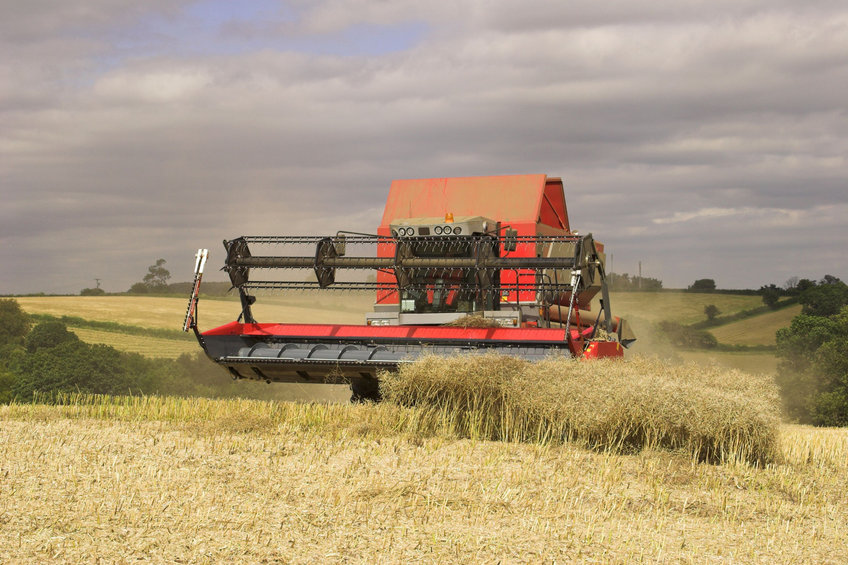
There has been a relentless upward trajectory in the cost of farming inputs, the latest figures show, jumping by a massive 34.15% in the space of one year.
This annual increase is significantly higher than the almost 22% increase in the previous AF Aginflation Index, recorded in the year to September 2021.
Seven out of the nine categories of inputs have seen double digit inflation from September 2021 to end of September 2022.
Animal feed and medicine, fuel and fertiliser saw the greatest increases at 36%, 42.8% and 133.8% respectively.
The figures in the new Aginflation Index, published on 19 October, show no farming enterprise has avoided double digit inflation.
Cereals and oilseed rape production show the highest increases in costs, at just over 40 percent.
Potato production shows just under 40%, dairying at 37%, and beef and lamb only a little lower at 35%.
Sugar beet growing is the lowest, the index shows, but still costs are significantly up, at almost 30%.
The total food Retail Price Index for a basket of foodstuffs has risen over the same one-year period by an average of 13.1%.
This is the steepest annual rise since AF Aginflation Index monitoring began in 2006 and is beginning to follow the sharp upward curve of Aginflation.
But it is still far below the rate to supply prices that cover the increased costs being borne by most farmers.
The exception to this is for pasteurised milk, which has seen an increase in retail price of 44.2%. This is a little above the Aginflation for dairy farming of 36.94%.
By comparison, the gap between the increased costs to consumers of other foods and the actual costs of production is widening with serious shortfalls for beef and lamb (18.1%) granulated sugar, bread and margarine (all about 20%) and, worst of all, potatoes (29.1%).
In the AF data, some categories show lower than overall average price rises for the period including labour (6%), contract and hire (almost 9%), crop protection products (13%) and machinery and hire (25.4%)
Responding to the figures, Martin Glinski, of St Ewe Free Range Eggs Ltd, which consists of 19 farms in Cornwall, said costs for St Ewe's had shot up by 40%.
"This AF Aginflation Index is no surprise to us and it’s something we’ve had to manage," he explained, "The biggest one for us and the 18 other farms we support is to pass on the costs.
"This year we put through four price increases to customers. In the past five years we had only put in one price increase."
